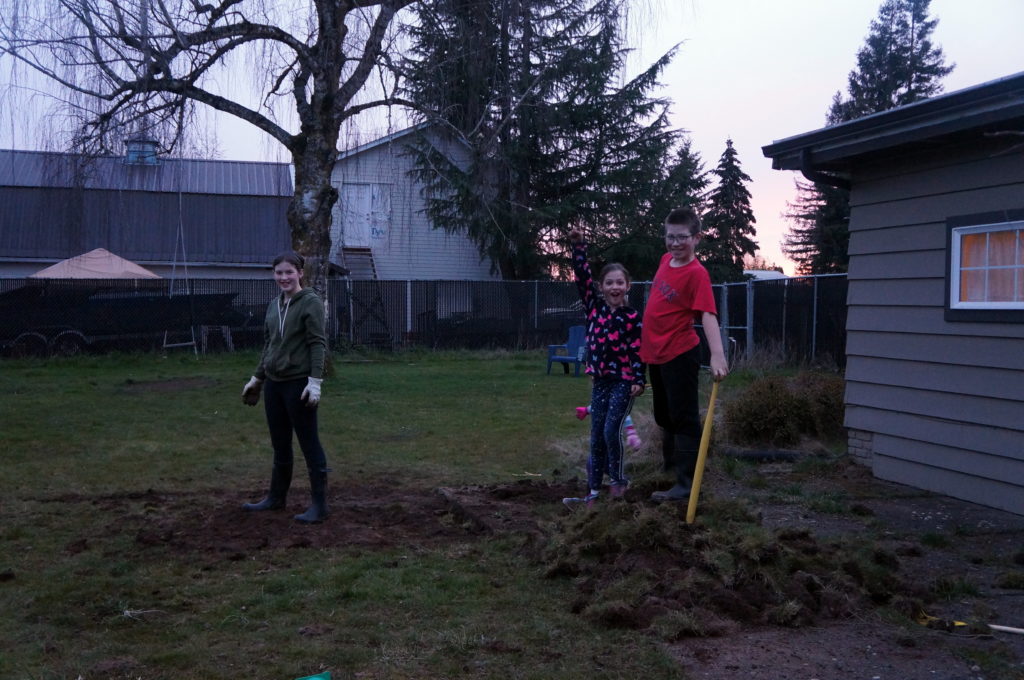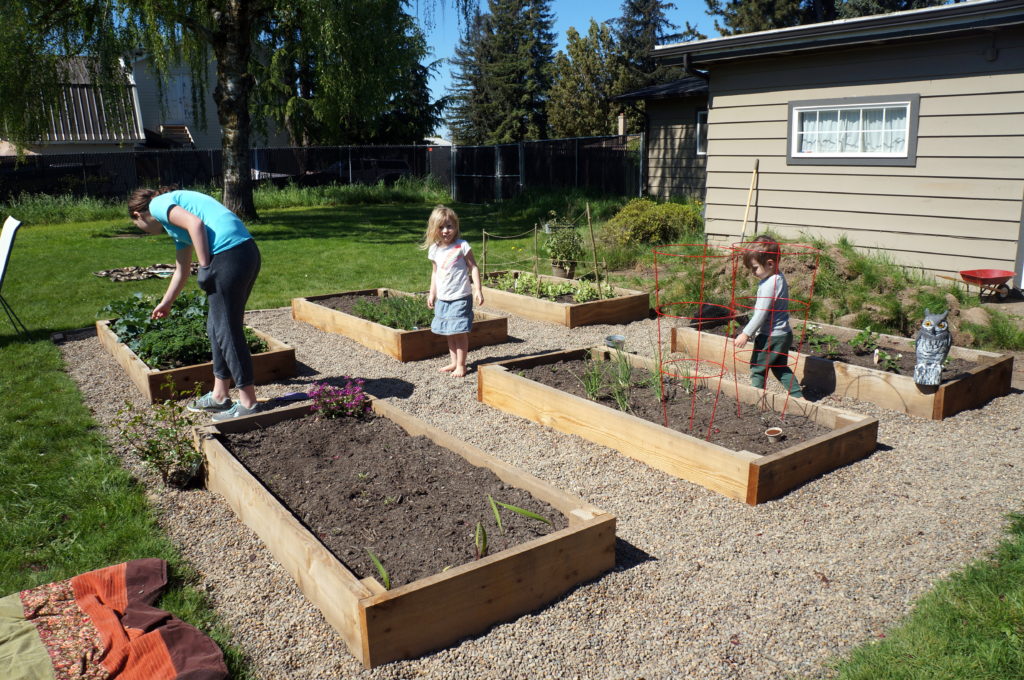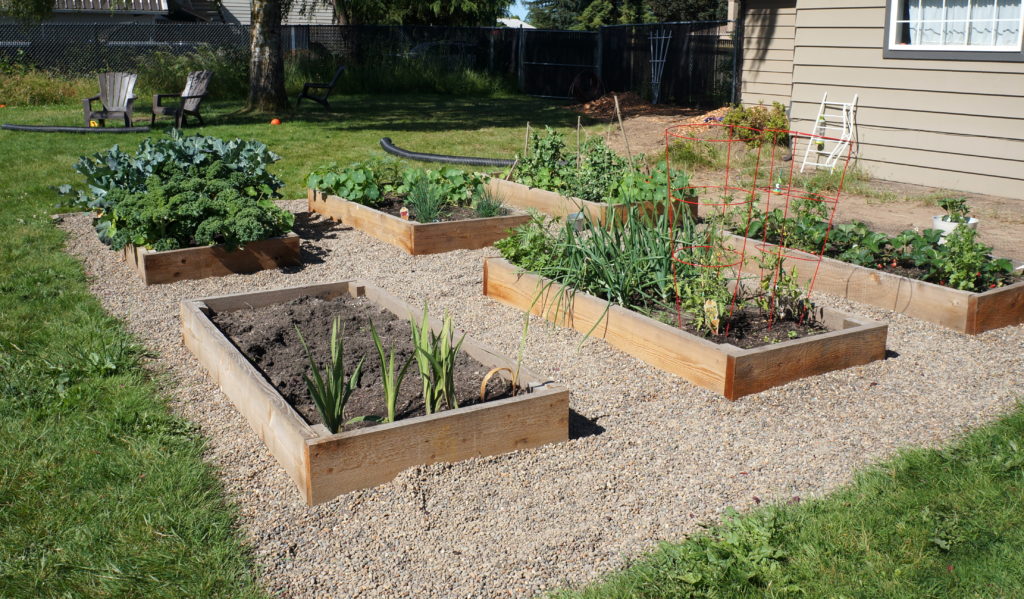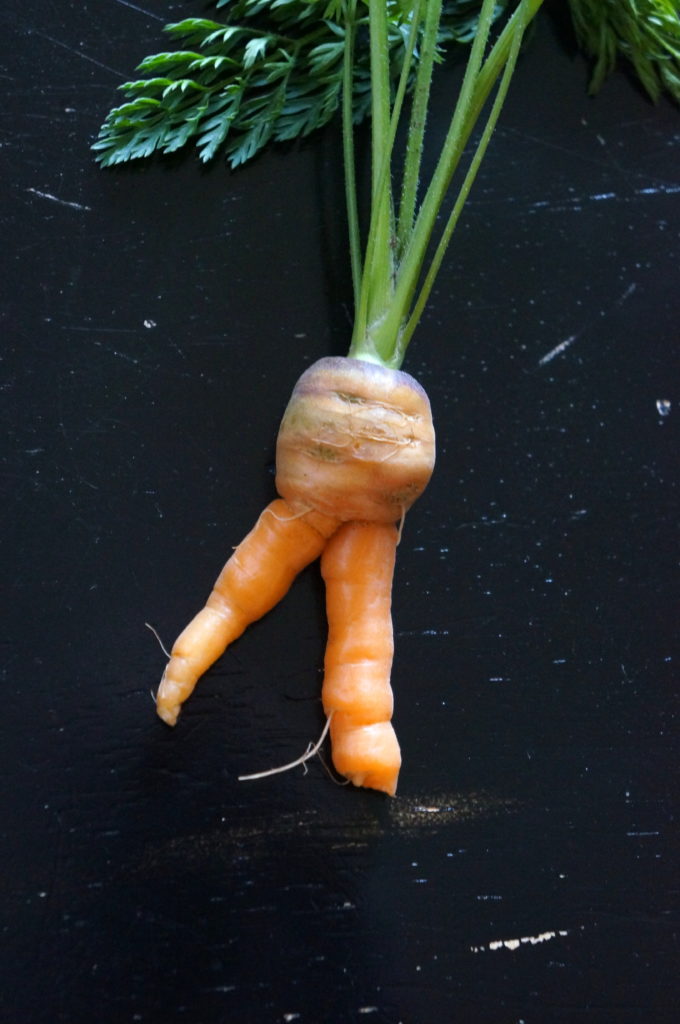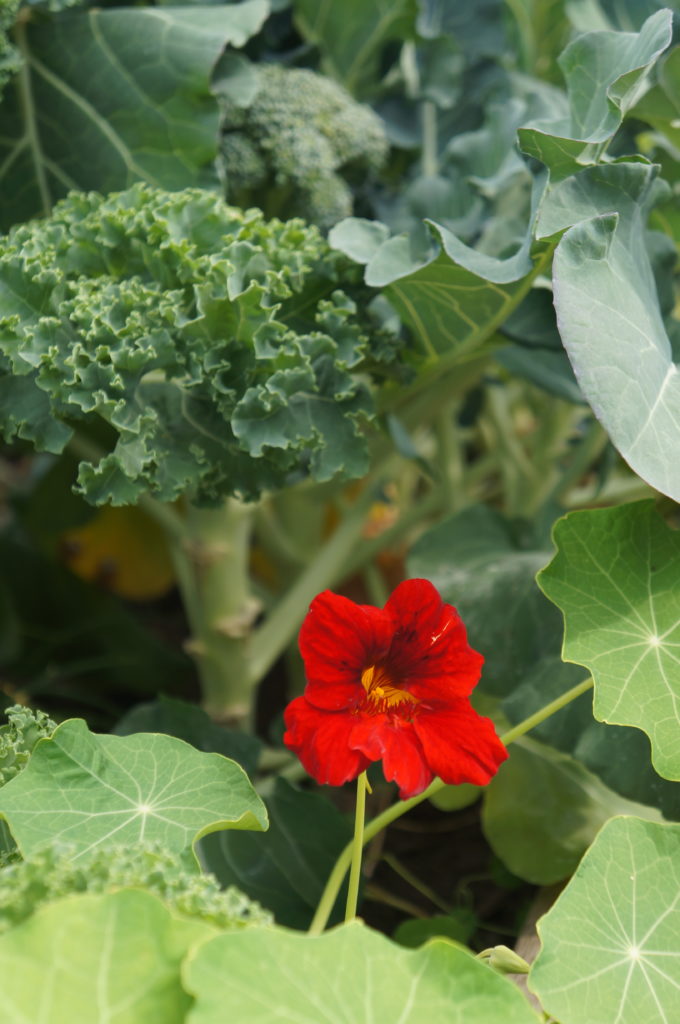“with his whole body in God’s service”
My husband was welcomed into the Catholic Church the year news broke in our own Portland Archdioceses of sexual abuse from local priests, during the Easter Triduum in 2002. I know he was asked by more than one person—“Why now?” It was, of course, disturbing, rattling, and heart-breaking. Yet the holiness or lack of holiness of priests was never what attracted my husband to the Church, but rather that She was founded by Christ, sustained with Truth, and guided by the Holy Spirit. The priest that shepherded him into the Church was, thanks be to God, a good and holy man. But it was undoubtedly a difficult time for the archdioceses, having to face the heinous sins of some of her priestly sons, and intercede for healing among the victimized. Even so, my husband saw the beauty in obeying God’s call to become Catholic even when life within the Church looked bleak—He was trusting in Christ to heal and lead, who is the foundation and source of life in the Catholic Church.
The same question—“Why now?”—hung in the air this weekend in Portland’s cathedral, St. Mary’s, at the ordination Mass of two new priests, one of whom is a good friend. We were introduced to the now-Father Kenyon while he was in seminary. A convert as well, our family and he shared many great, late conversations about church history, theology, spiritual life, saints, literature, and the challenges facing the Church at present. Archbishop Sample aptly addressed the question in his homily from his bishop’s chair, calling out the obvious “elephant in the room”—why become a priest now, when priests are looked upon suspiciously, cautiously, with disdain (in few cases, rightly so), while some face persecution, false accusations, and hate-crimes from enraged Catholics and non-Catholics alike?
Archbishop Sample said to the two young men, “You are not a part of the problem. But I am counting on you to be part of the solution.” From the congregation, it was clear these two men knew it, too, that they were going out into a perilous sea to cast their nets into the deep—not with fear, but with hope and courage.
The Gospel reading from the Ordination Mass was taken from John, chapter 12, when Jesus says, “Unless a grain of wheat falls to the ground and dies, it remains just a grain of wheat; but if it dies, it produces much fruit. Whoever loves his life loses it, and whoever hates his life in this world will preserve it for eternal life. Whoever serves me must follow me…” Even to the cross, as is evident when the candidates lay face-down on the ground, their arms outstretched to signify the offering of their whole bodies to God’s service.
This past weekend was also the weekend of Father’s Day, and how fitting to celebrate fatherhood in both its forms. How sorely we need not just strong fathers that are willing to lay their life down for their families, but priestly fathers who will do the same—these two different vocations do not differ in their high demands and great reward.
It was moving to watch these two men be presented to the bishop, to lie on the cold hard floor of the cathedral to offer their lives to Christ and His Church, to vest in their priestly garb for the first time. One of the most powerful pieces of this Mass was the college of priests that processed into the Church, then lined the sanctuary behind the altar in a half-circle. They all lifted their hands at the consecration, all intoned together the beautiful “through Him, with Him, and in Him”, and all blessed and congratulated their new brother-priests.
I had told my children that it was similar to a wedding, that the priest in a sense married the Church, vowed his life to Hers, vowed his body to Her body. As always happens when I search for the words to explain something of importance to my children, I too learn something. As I watched the ordination, I remembered a quote from the 20th century spiritual writer, Adrienne von Speyr, about St. Joseph and the nature of his celibacy:
His virginity has nothing to do with the lackluster impotence that most pictures seem to give him. If he will have to make a renunciation, then his whole manhood will achieve it and will thereby be strengthened in its very masculinity… He will not stand languishing next to Mary; instead he will stand beside her as a man who knows his strength but has sacrificed it in simplicity and generosity.”
Handmaid of the Lord
“Next to Mary”, in the case of these two young men, could also include “next to the Church”. Within the misunderstood freedom of our culture, we are taught to believe that sexual freedom and self-gratification are as necessary to the body as food and water, and the recent exposure of the crimes committed by clergyman appear to strengthen this position. Society says, See how these men languished at the side of the Church, and then abused the vulnerable and innocent in their sexual hunger. This approach completely ignores the increased occurrence of sexual abuse of children and women in our society as a whole. The perpetrators have, yes, been priests (which is especially despicable, to be sure, as they are representatives of Christ), but in even greater percentages children are being abused at the hands of teachers, volunteers, foster care families, uncles, brothers, fathers, etc. What a malady that now, in this time of great sexual, biological confusion within our culture, the one place that has the liberating, beautiful truth about the nature of the human body, its origins, purpose, and design has been undermined by the sins of her own leaders.
How will the Church repair herself? How will the Church be a light when her own members have worked so hard to snuff it out? On Saturday, at the ordination Mass, unfolded a piece of that puzzle. These two newly ordained priests—who undoubtedly have much to wrestle with in the life ahead, many struggles both interior and exterior, but so much opportunity for grace and divine strength—will lead the Church by their example of self-sacrifice and love.
And it’s not just these two new priests, but all their brother priests, too. I looked at the group of men, knowing they are also just men, knowing they all have difficulties in their vocation, maybe even doubts, but the joy of their priestly calling was palpable. That joy and grace overflowed to us, the congregation, and the other part of the solution to the problems facing the Church today.
There are no priests without people. We, the families that sat in the pews sweating with our scrambling toddlers, subtly eyeing our teenagers to see if and how they might be stirred in their hearts, were strengthened and encouraged by the outpouring of grace to live an authentic, honest Catholic life—one that does not deny the struggles and difficulty of the Church’s teachings, but carries the cross joyfully as an example to our children and the world around us.

He is no eunuch; he stands with his whole body in God’s service… It will be hard but never bitter; it will instead bring an openness towards the mysteries of God.
Adrienne von Speyr, Handmaid of the Lord

